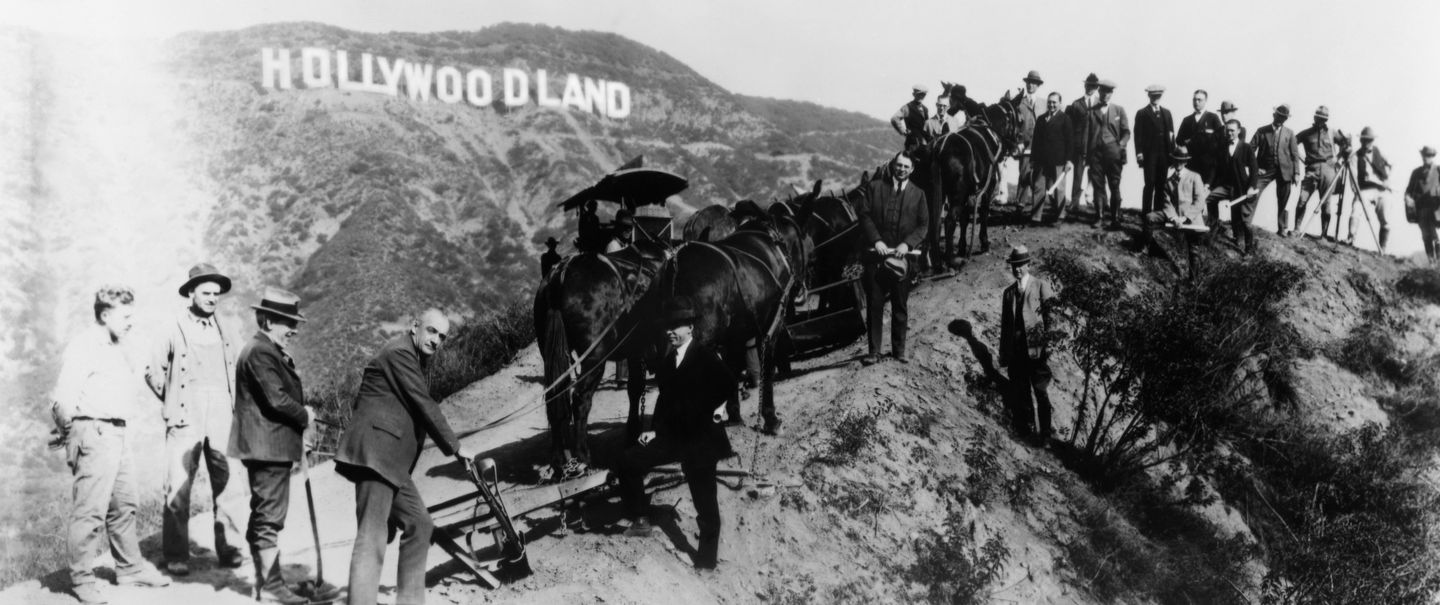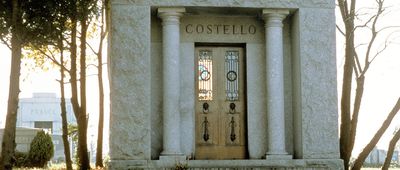The Victorian building that would become The Magic Castle, the clubhouse for illusionists famous enough to be mocked in the television show "Arrested Development," began as Holly Chateau, the 1909 home of philanthropist Rollin B. Lane. He lived there, amid citrus groves, until his death in 1940. After serving as multifamily housing and as a retirement home, it was leased in 1963 by Milt Larson, founder of the Academy of Magical Arts, "a not-quite-union" for magicians, Huver says. "So when they took over the operation of that mansion, they made that like the clubhouse," a members-only club where magicians could bring their friends. Though derelict at the time, it was turned into a pleasantly creepy spot with small theaters for shows and nooks where magicians could be spotted showing each other their latest — after you told the mechanical owl the password and a lobby bookcase slid open. In one room, an invisible piano player took requests and musical challenges, always proving unstumpable.






















































